The payoff from reporting better data to APRA
Better superannuation data has already delivered better outcomes for super fund members but there’s been a lot to digest and now it’s time for a stocktake. We take a look at what that means for funds.
Lots of funds have always had members interests at heart, and the long-term outperformance of industry funds is testament to that.
But not all funds! The industry as a whole has needed a push-along to focus on getting the best retirement outcomes for their members.
That’s where data reporting to underpin performance assessment comes in.
The information super funds are legally required to send to APRA is the fuel that drives performance assessments and superannuation product Heatmaps, and supports its supervisory activity.
Quality data allows APRA to scrutinise and reliably compare fund and product performance, and gives the Government greater visibility of super funds.
The payoff from better data reporting
Super fund members have benefited greatly from information on investment performance and fees being presented in a transparent and comparable manner.
As a result, members are better able to choose lower-fee or better performing products.
Even more significantly, the promoters of many higher fee and poorly performing products have decided to improve or close in response to having the spotlight shone on them. This has improved outcomes for millions of superannuation members.
Forget about all the bells and whistles that some funds have liked to showcase. To rephrase the old saying “It’s the (net) returns, stupid”.
The renewed focus on returns driven by good investments, good governance, the newish “members best financial interests duty,” and supported by better data reporting, has delivered returns
Over the past decade, the amount of information sent by funds has increased enormously, and all funds and administrators have made enormous investments in their data reporting teams and enhanced data reporting processes.
We’ve been working with many funds and service providers on these projects for many years and realise just how big and daunting these projects are.
Managing a data reporting delay
It hasn’t been all smooth sailing, however.
There’s been a lot of two steps forward, one step back, as implementation timetables for both new reporting requirements and new data collection arrangements have been regularly rejigged, and APRA has sometimes struggled to deal with the data they have been sent – especially when some of it’s of poor quality.
One year into its five year data strategy, APRA is pushing the pause button on much of their data reporting and collection program while they undertake an external review. This is with a view to adjusting sequencing, timing and scope of collections to ensure successful implementation by both APRA and industry.
APRA intends to commence formal consultation in November on reporting for investments, registrable superannuation entity (RSE) and RSE licensee profile, and RSE licensee financials, but is postponing consultation on RSE licensee operations, and other reporting standards relating to financial data and cross industry proposals for non-financial risk data collection, which were originally intended to commence in November.
The APRA Roadmap that previously included timelines for consultation, the APRA response, indicative industry build, and the dates for earliest commencement of reporting on topics previously listed for November have been removed.
Putting your best foot forward
The lack of certainty about the next steps for data reporting challenges super funds to understand, assess and respond to a changing situation, in what our CEO Brian Peters call the “sandy regulatory landscape”.
Super funds don’t want to waste resources meeting reporting requirements that might change, but at the same time, everyone’s a winner when data quality is improved, and reporting is accurate, timely and complete.
Funds focused on filling in their data gaps now are going to be the best place to be able to show off – to members, APRA and the community – their suite of high performing products, and demonstrate their operational efficiency and good governance.
By David Haynes – Head of Industry Insights


Recent Comments